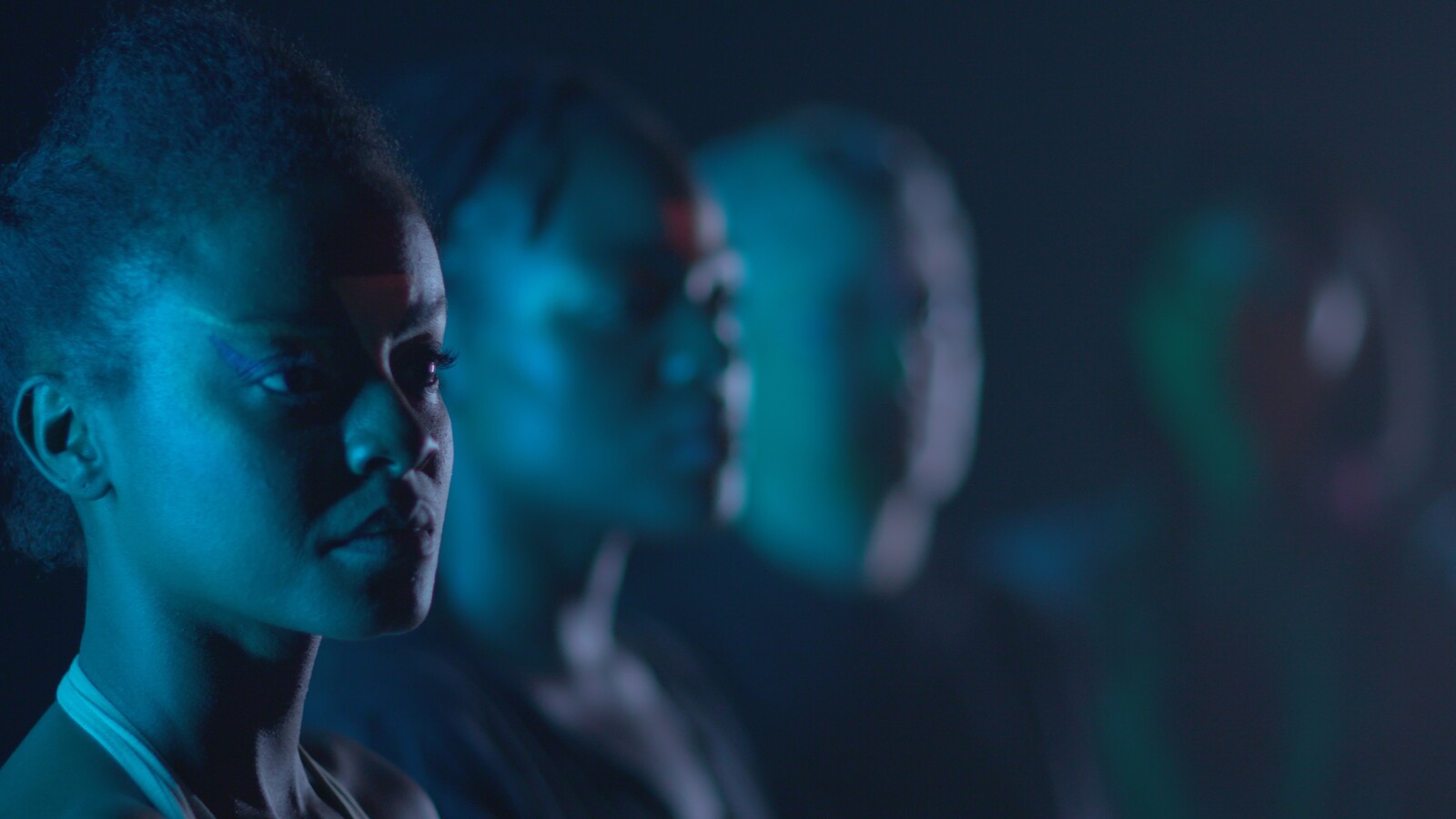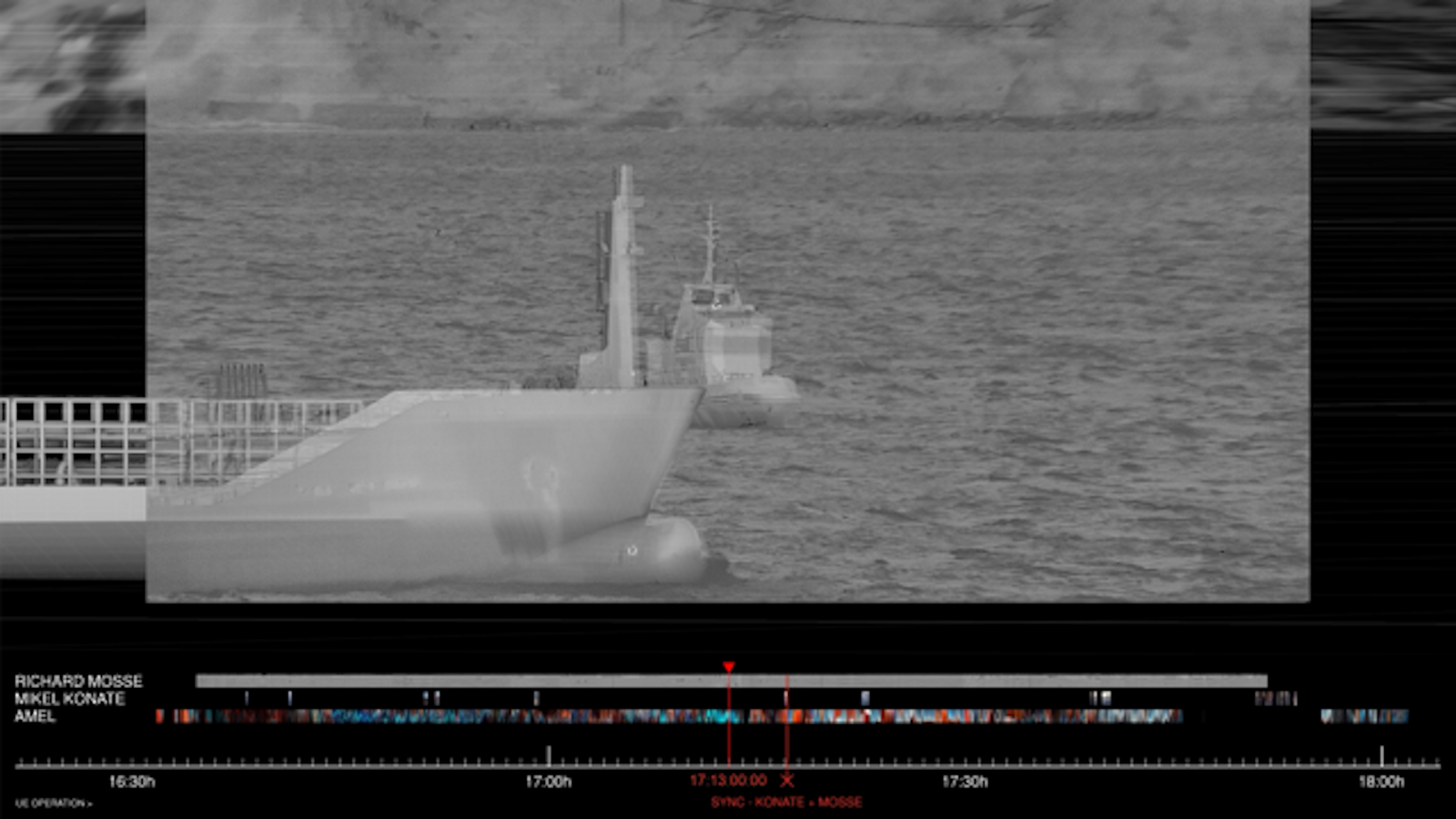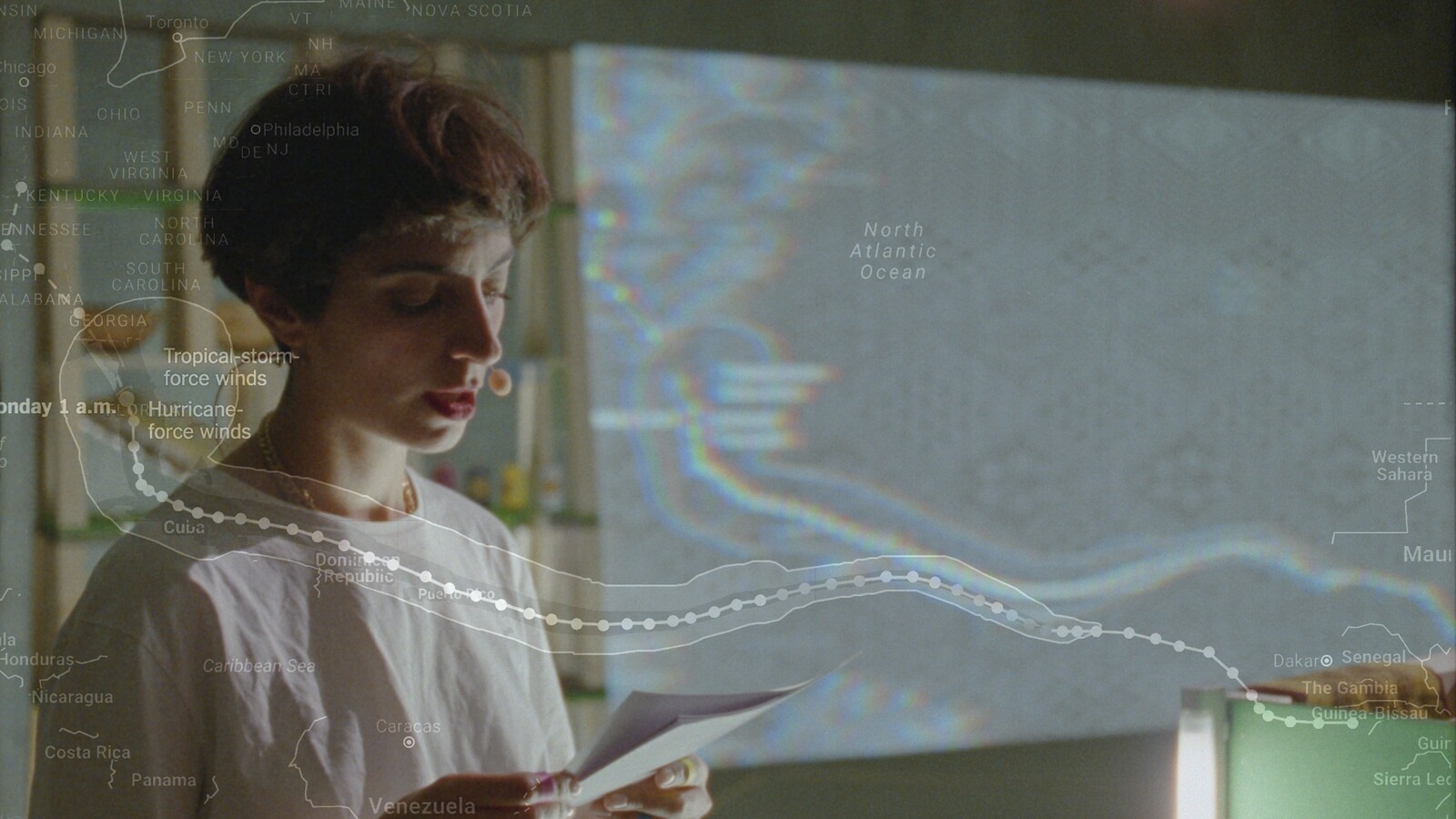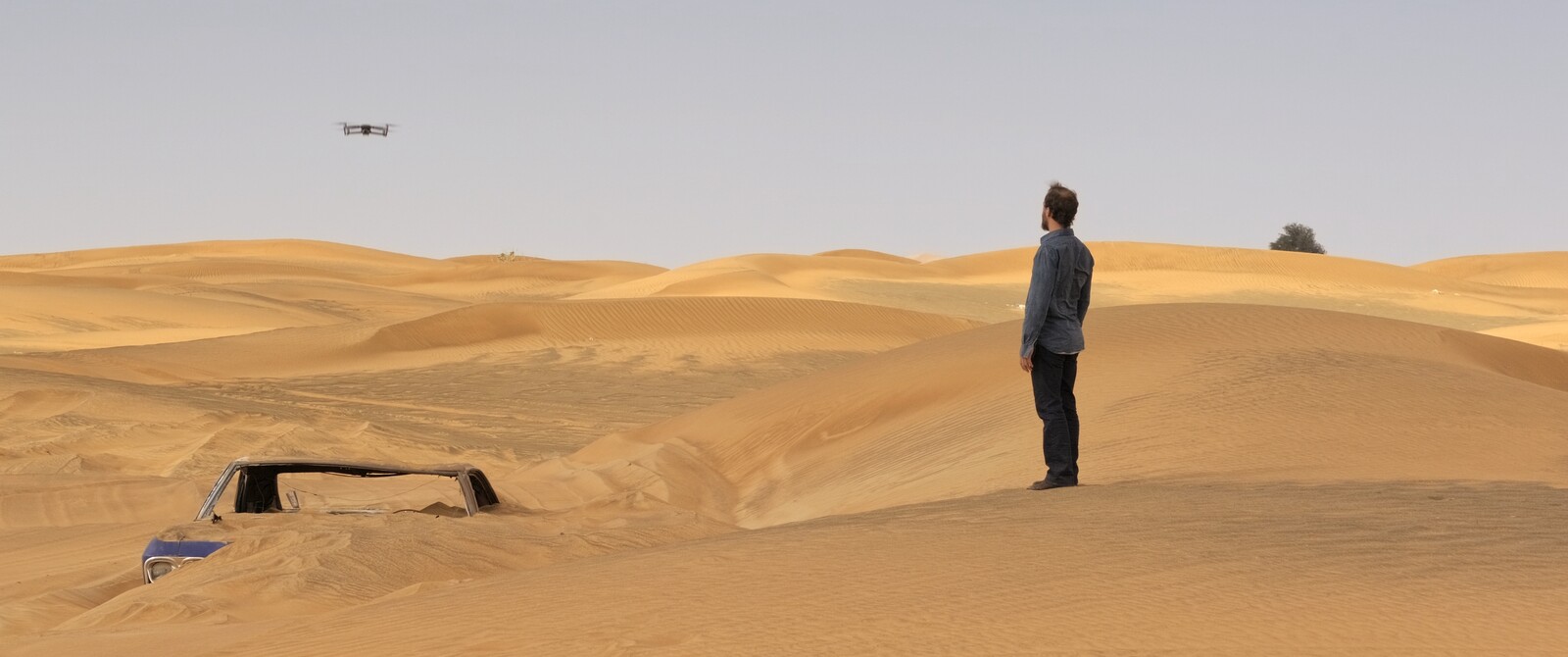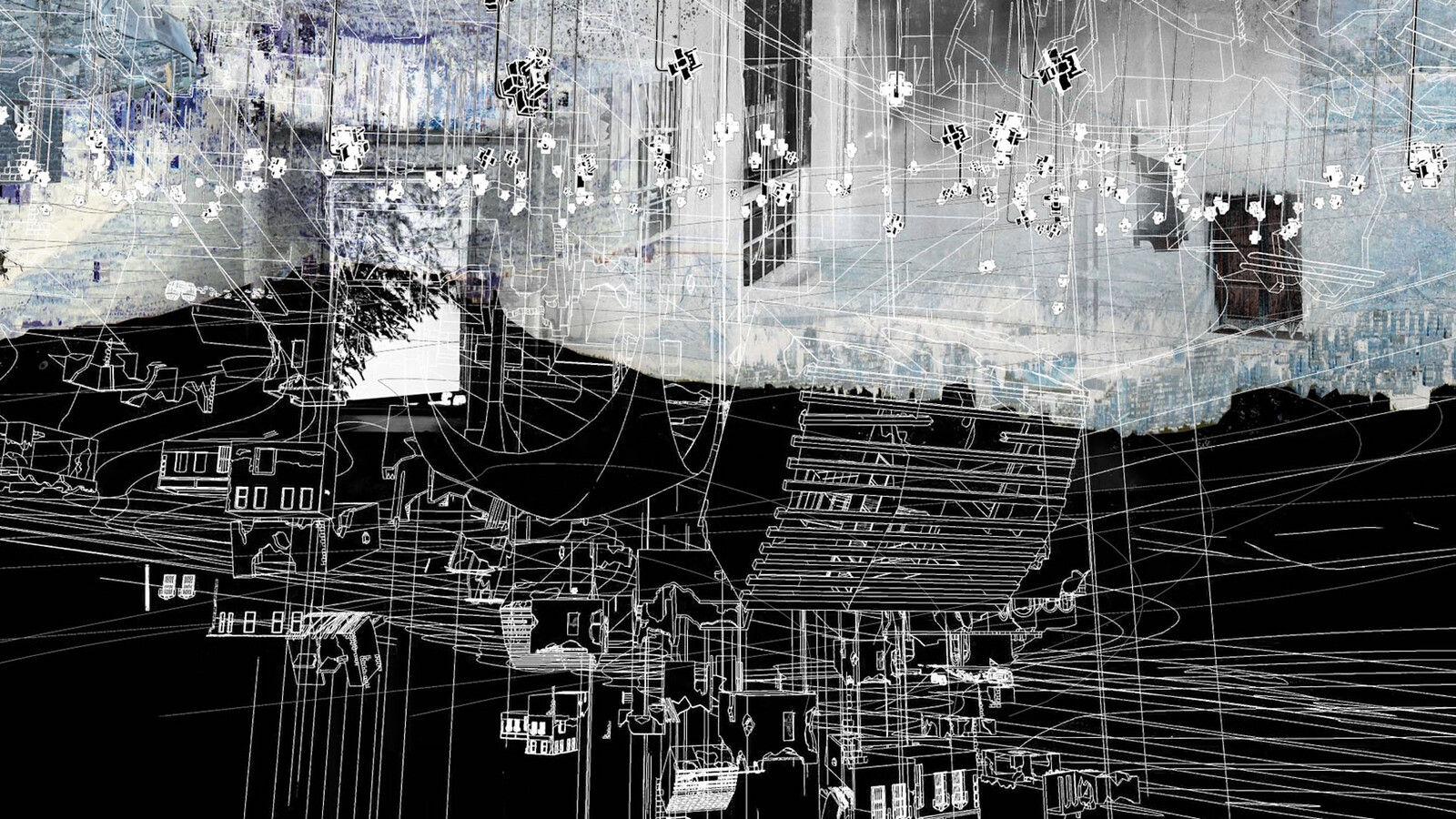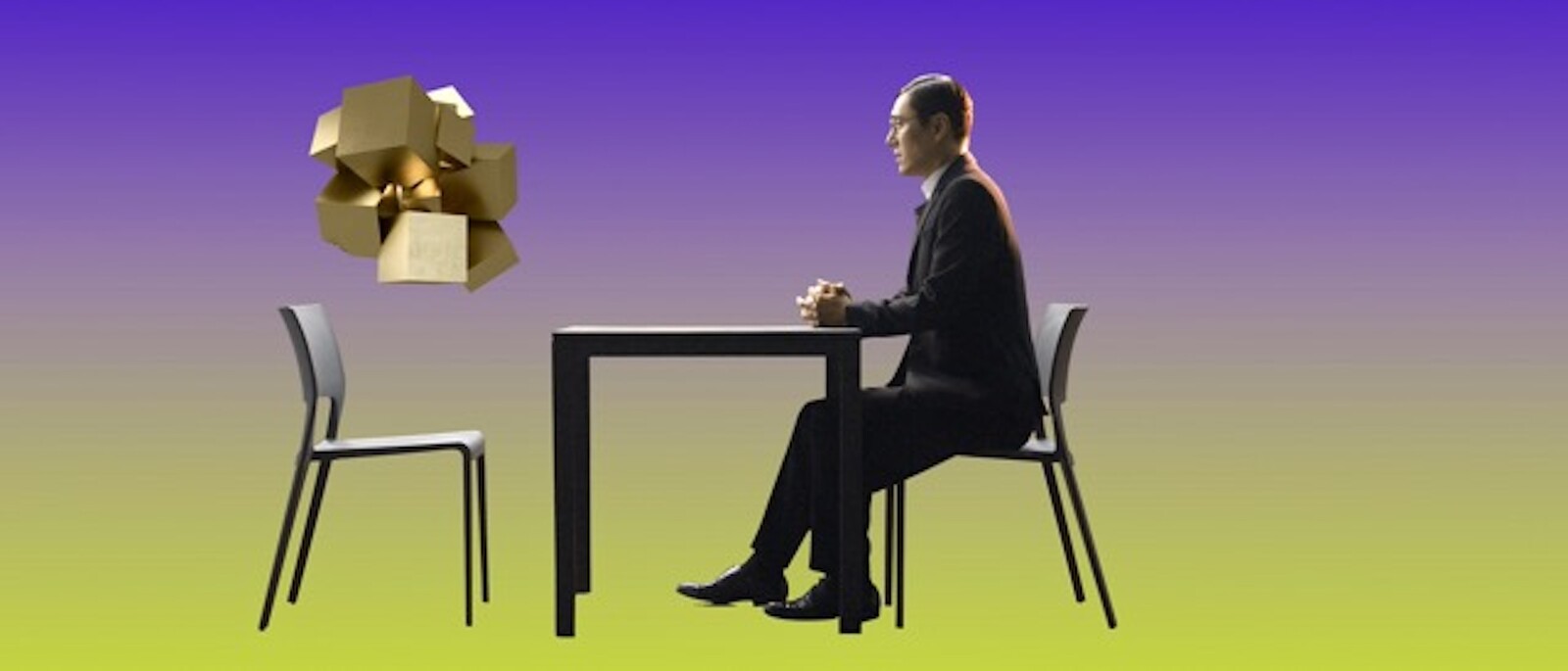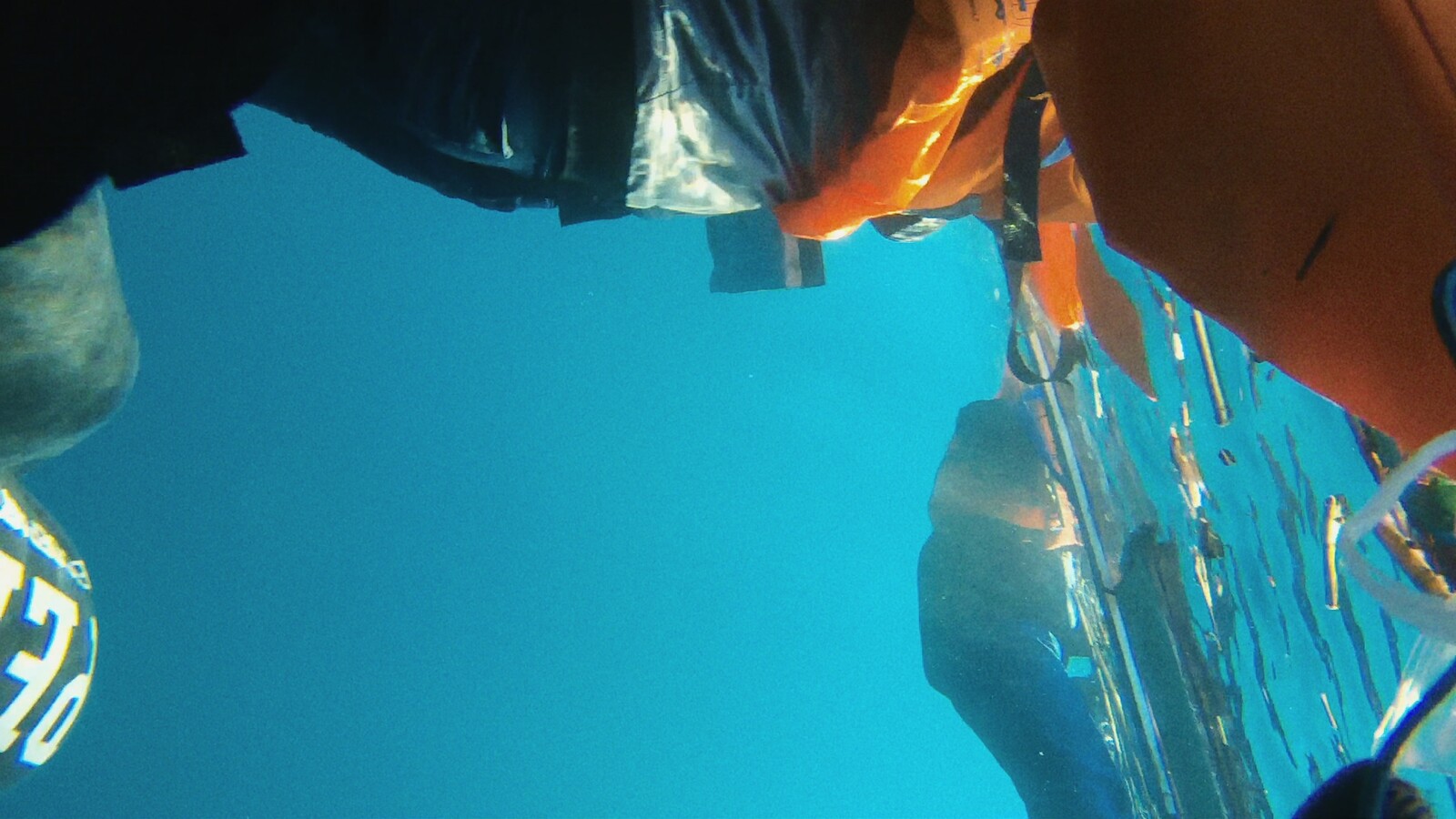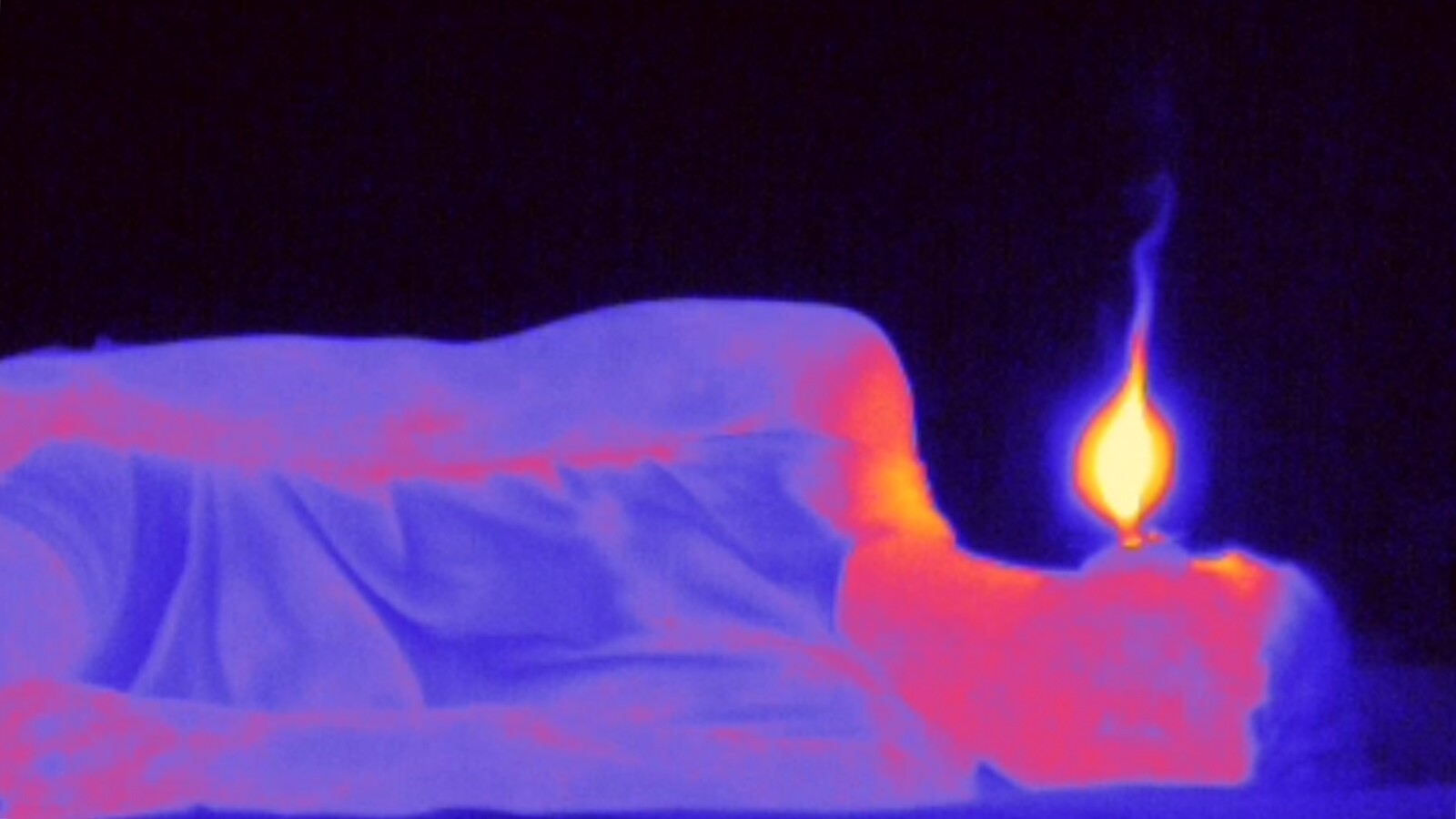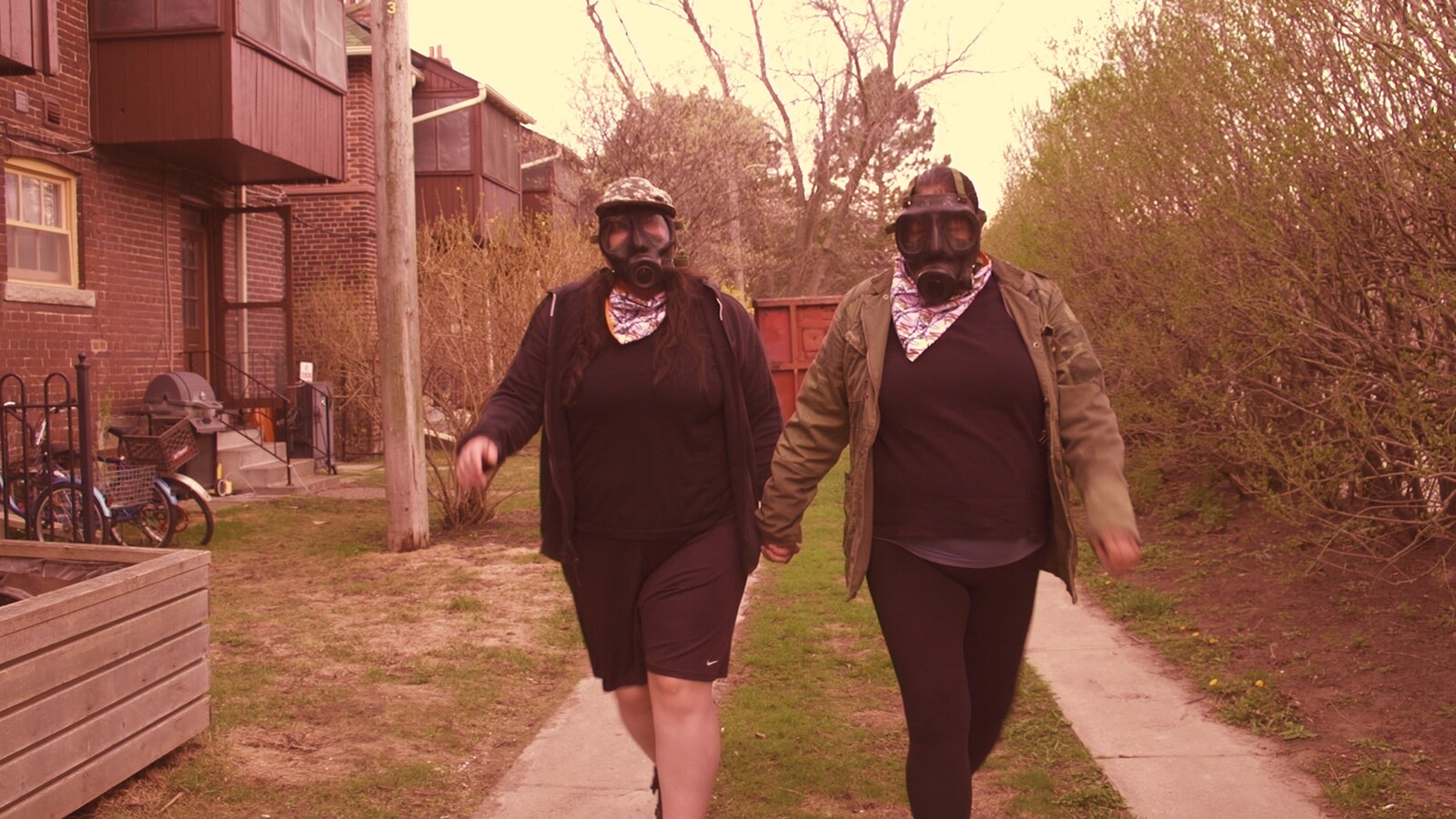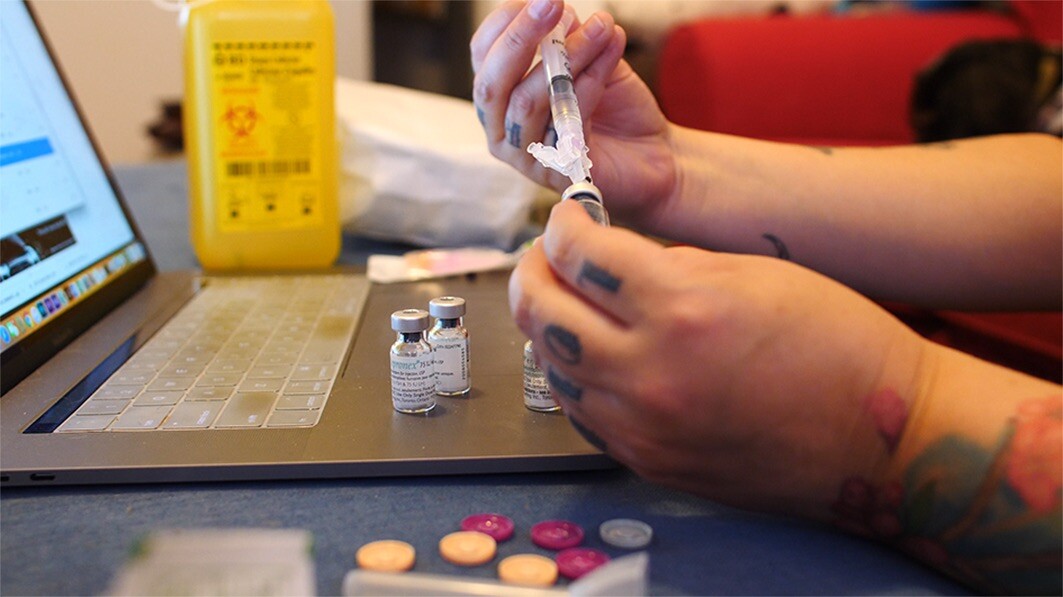Finding space for exhibitions within the sprawling architecture of a major film festival is a tricky affair. Berlinale’s packed schedule and multiple sidebars do not easily accommodate excursions to far-flung locations to see an assemblage of works of different lengths and modes of reception. Trickier still is the act of importing into a film festival context those discourses that are currently trending in the art world—at least in any way that doesn’t seem like a cynical bid for political relevancy. This year’s edition visibly wrestled with these problems, hosting three exhibitions that struggled to find coherence within the format of the larger festival—or to break free of it.
For the last 15 editions, Berlinale has housed exhibition work under the aegis of Forum Expanded—itself a subsection of the International Forum for New Cinema, which has been organized by Arsenal–Institute for Film and Video Art since 1971. Taking as its remit “experimental film and video art for both cinema and exhibition contexts,” Forum Expanded presents a dozen or so theatrically presented film programs, panels, and exhibition works, which offers a certain contrast with the gala premieres and red-carpet photo-ops elsewhere in the festival.
This year’s edition of Forum Expanded featured three exhibitions of diverse dimensions, each in some way taking up questions of inclusion, decolonization, and accountability, and each with varying degrees of success. The largest of the exhibitions—mounted under the curious, apparently unironic title “Part of the Problem”—represented a strange grab-bag of a dozen works rather arbitrarily installed across the sprawling subterranean space of a former crematorium in Wedding called Silent Green Kulturquartier (which boasts, according to the organization’s website, “industrial charm”). From a rather arbitrary Chris Marker short film on a monitor—1970’s Calling from Paris: Maspero. Words Have a Meaning—to a densely footnoted, two-channel Forensic Architecture video installation tucked behind a curtain in a dark corner, the show made little effort to thread connections between works of political art that were, by turns, trenchant, goofy, oblique, and timid.
This placement of Forensic Architecture’s 2020 piece—Shipwreck at the Threshold of Europe, Lesvos, Aegean Sea: 28 October 2015, a rigorous, if aesthetically inert, work that methodically analyzes the fatal sinking of a small refugee boat off the coast of the Greek island of its title—suggests the lack of care with which the exhibition approached the actual politics of the works on display. Throughout, the show seemed content to latch onto the pieces’ political import, trafficking in the names of prominent artists dealing with important themes. How the questions of blackness, labor, and materiality which preoccupy The Otolith Group’s INFINITY minus Infinity (2019), with its kaleidoscopic and intentionally opaque mix of choreography, music, typically high-end sound design, and kitsch-cosmic green-screen and chroma-key effects, might speak to the issues of anti-Arab violence and auditory cultures in Joe Namy’s mesmerizing and claustrophobic Half Blue (2019)—an audio installation complete with rotating red-blue police beacon—was somehow beside the point.
At nearby SAVVY Contemporary, an exhibition of mixed-media work by Patrícia Ferreira Pará Yxapy, “Letter from a Guaraní Woman in Search of the Land Without Evil,” gathered work made by the artist in collaboration with the Mbyá-Guarani Cinema Collective and NGO Vídeo nas Aldeias in Guarani lands that cross the colonial demarcations of Brazil, Argentina, Paraguay, and Bolivia. Comprising a dozen “letters,” each a combination of video, drawing, sculpture, photographs, and objects, the show teases an anticolonial politics—complete with the language of weaponizing the camera and decolonizing aesthetics—that manifests only dimly in the work. “We are not a chapter in history books,” the artist states in Letter #3: I Am An Indigenous Woman (2020). “We are not folklore. We are alive and fighting since 1500… That’s why I use cameras. To provoke indigenous and non-indigenous.” And yet, while the modes of individual pieces vary between observation, essay film, dialogue, and media critique, few of the works quite match the language of protest and provocation.
The most concise and coherent exhibition by far was “NDN Survival Trilogy” by filmmaker and performer Thirza Cuthand, on view at the Canadian Embassy in Potsdamer Platz. Consisting of three overlapping videos—Reclamation (2018), Extractions (2019), and Less Lethal Fetishes (2019)—the pieces take in an expansive set of themes and preoccupations. Cuthand’s work is steeped in the contradictions of nineties punk/queer/feminist video aesthetics: collagist and coherent, offhand and rigorous, playful and dark, wildly associative and rhetorically precise. With her distinctive wry, confessional voiceover and DIY approach, there’s a casual intimacy to the works that often belies their rhetorical complexity. In Reclamation, a sci-fi hangout film set on a newly depopulated planet Earth, three indigenous queer and two-spirit survivors chat about how great things are now the white people have left to colonize Mars. Drawing on her own experiences with egg-freezing, in Extractions Cuthard links industries of capitalist-colonialist resource extraction with the more metaphorical “mining” of indigenous women’s bodies for orphan children in the contemporary adoption industry.
Most trenchant of all, however, is Less Lethal Fetishes, in which Cuthand swerves between candid speculations about a possible gas-mask kink and ruminations on the fall-out from the 2019 Whitney Biennial protests, which placed her and other artists in the crossfire of criticism of Warren B. Kanders, who had been the vice-chairman of the board of directors at the Whitney Museum of American Art in New York. (He resigned this position in July 2019.) Cuthand’s video directly and incisively addresses what it actually means to be “part of a problem,” weighing the double bind of maintaining a career as an indigenous artist while also shouldering blame deflected from a white cishet manufacturer of military supplies. Cuthand’s video models what it actually means to stay with the trouble—not just gesturing to trendy political discourses or cosplaying activist engagement, but talking through the complicities of living and working in a world laden with contradictions. How else can we begin to be part, not of the problem, but of a solution?

